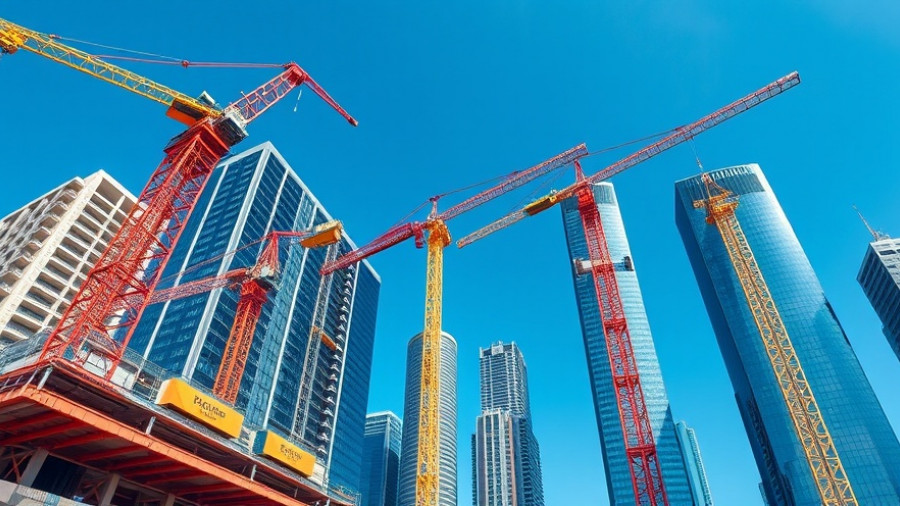
California's Railways on Shaky Ground
In recent years, California's infamous coastal erosion has become a pressing concern for engineers, city planners, and the ever-expanding population relying on the state's rail systems. With the train tracks along the Pacific coast now facing severe threats from rising sea levels and relentless erosion, stakeholders are scrambling for innovative solutions to save this vital transportation corridor.
Understanding the Gravitas of Erosion
The impact of coastal erosion isn't just a linear reduction of rail space; it threads into a larger narrative of climate change effects. According to reports, areas like the one bounding the popular Pacific Surfliner are witnessing up to 200 feet of land loss in some sections due to both erosion and large storm surges. This leads to potential service disruptions, very real safety hazards, and significant economic implications for commuting populations and the freight movement fundamental to California's economy.
Engineering Solutions in the Age of Innovation
With problems like these comes an influx of creative engineering solutions. Recently, proposals have included leveraging advanced geotextiles and environmentally friendly revetments to stabilize the railbed against eroding sandy cliffs. By incorporating innovative materials embedded with sensors, engineers can continuously monitor the structural integrity of the rail infrastructure.
Building Resilience for the Future
It's not just about immediate repairs; it's about creating a resilient framework that can withstand the test of time and turbulent weather. Ideas like elevating tracks generate discussions about reconstructing accessibility for both passenger and freight operations while ensuring they don't become an afterthought in this multi-pronged effort. This holistic approach can align with the state's broader goals of sustainable development and climate resilience.
Collaborative Efforts and Community Input
The solutions being proposed won't come from engineers alone. Building a consensus among communities, city planners, and rail companies is vital. Public sentiments about environmental sustainability and future-proofing infrastructure provide a solid foundation for innovative projects. Winning hearts and minds will lead to groundwork decisions that better reflect the community's values.
Your Role in the Conversation
As stakeholders in commercial construction, your voice matters. Whether this means advocating for specific environmentally sound practices or embracing new technologies that could lead to better project management methods, your engagement is crucial. Now more than ever, collaboration among seasoned professionals and tech innovators can aid in crafting rail solutions poised for the future.
In conclusion, with rising national consciousness about climate change and resource allocation, thoughtful engineering solutions aimed at curbing erosion are not just necessary; they are imperative. Within this complex framework lies a unique opportunity for professionals in construction to push boundaries while contributing to resilient infrastructure. While brainstorming solutions to California's railway erosion, each voice helps shape how the conversation evolves and, ultimately, how the tracks endure.
 Add Row
Add Row  Add
Add 




Write A Comment